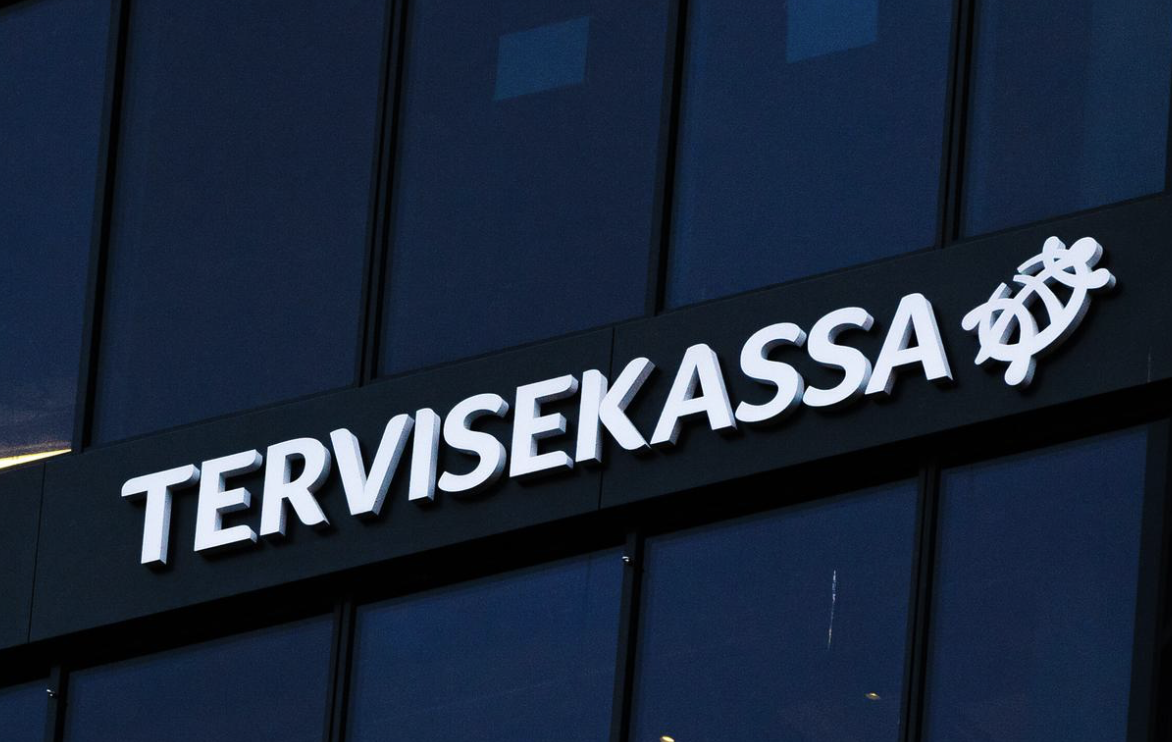Estonia’s Health Insurance Fund plans 2026 reforms to make health funding fairer and more efficient, linking family doctor payments to patient illness and regional needs. It will cut lab budgets, expand preventive screenings and mental health coverage, and add new treatments, despite facing a €105 million budget shortfall.
The Estonian Health Insurance Fund (EHIF) has proposed significant updates to healthcare financing and service coverage for 2026, focusing on fairer funding distribution and cost efficiency. The main reform would update the capitation model—payments to family doctors—by factoring in both patient age and disease burden, creating six risk-based categories. Separate payment rates are also planned for independent and group practices, and new “distance fees” will consider regional poverty and facility density rather than only proximity to hospitals.
EHIF also plans to revise ambulance and remote consultation payments, expand psychiatric case management, and update service coverage for cardiac surgery, diagnostics, ENT, and pathology. Laboratory service caps will be reduced by 15%, a temporary measure expected to save €24 million but likely to impact large hospitals. Smaller facilities could benefit through redirected funds for emergency care readiness.
Preventive health measures will expand, including nationwide newborn cystic fibrosis screening, extended lung cancer pilot screening, and updates to colorectal cancer testing. Coverage for new cancer and rare disease treatments will be added, and pneumococcal vaccination groups broadened. Despite the cost of these reforms estimated at €5.07 million, EHIF faces a €105 million shortfall and pressure to reduce expenditure while maintaining essential care.





